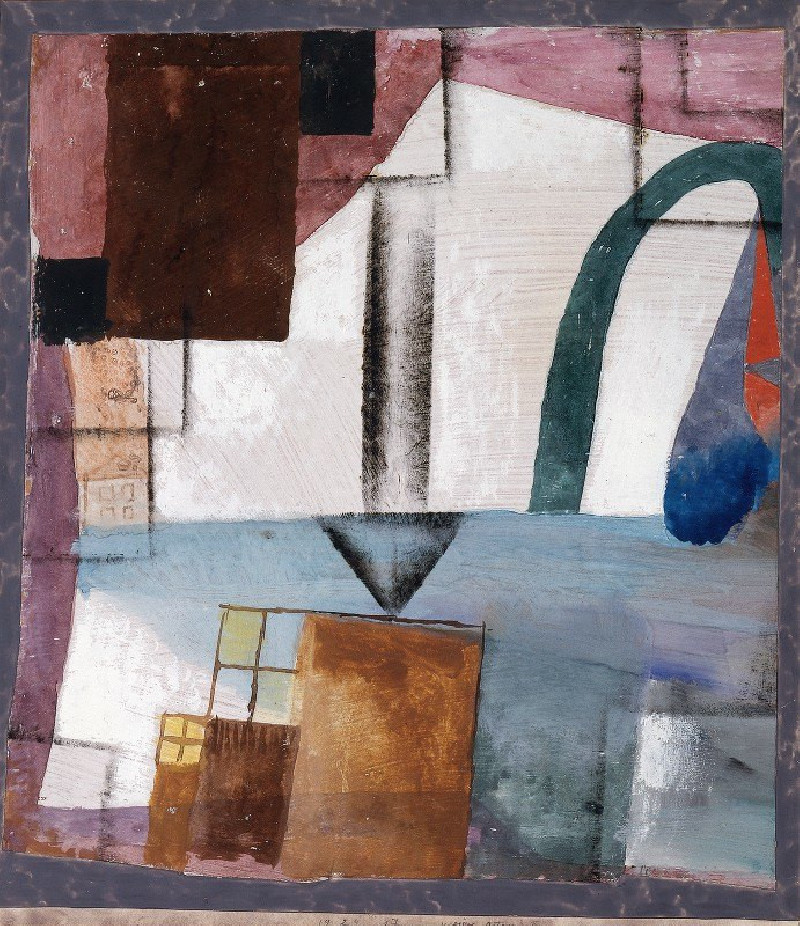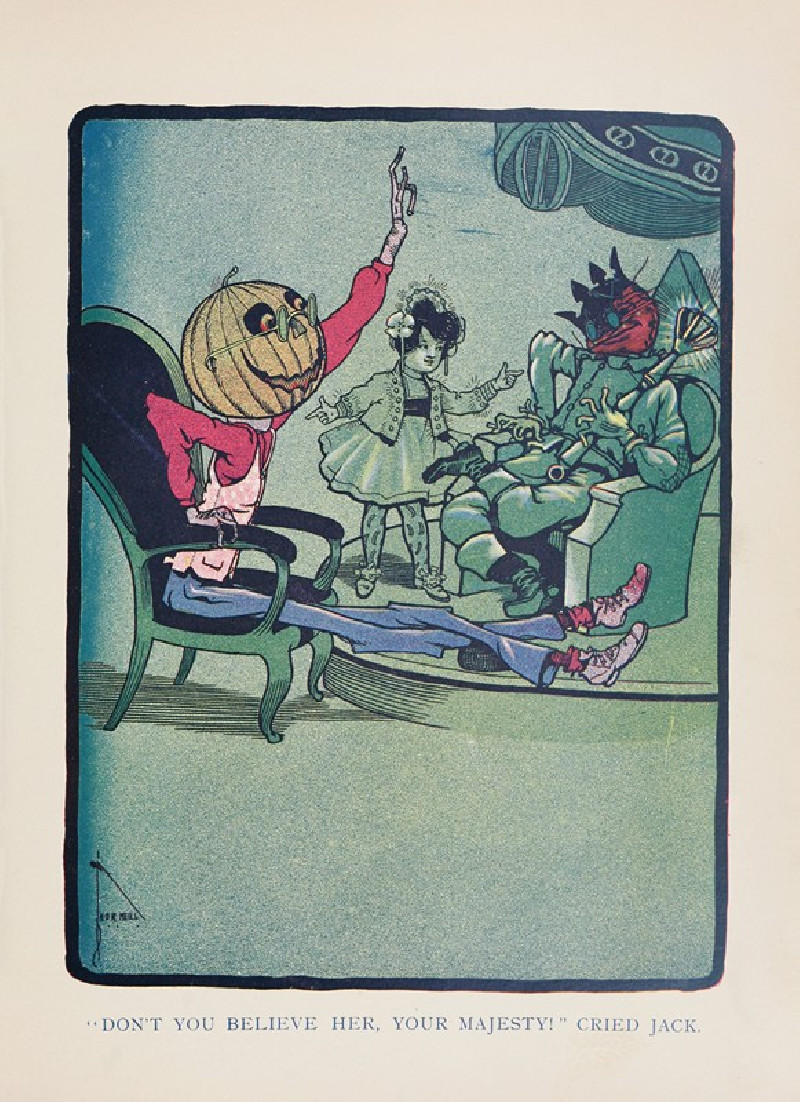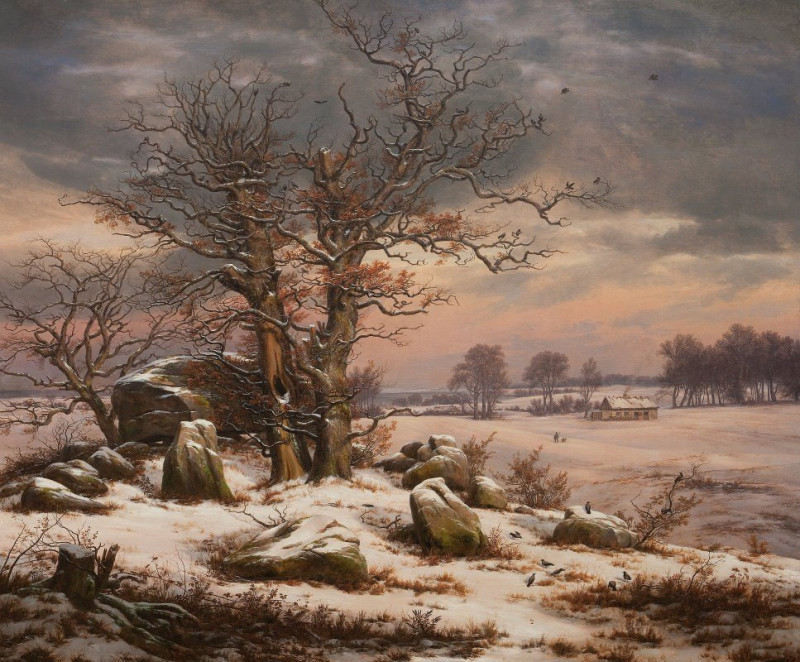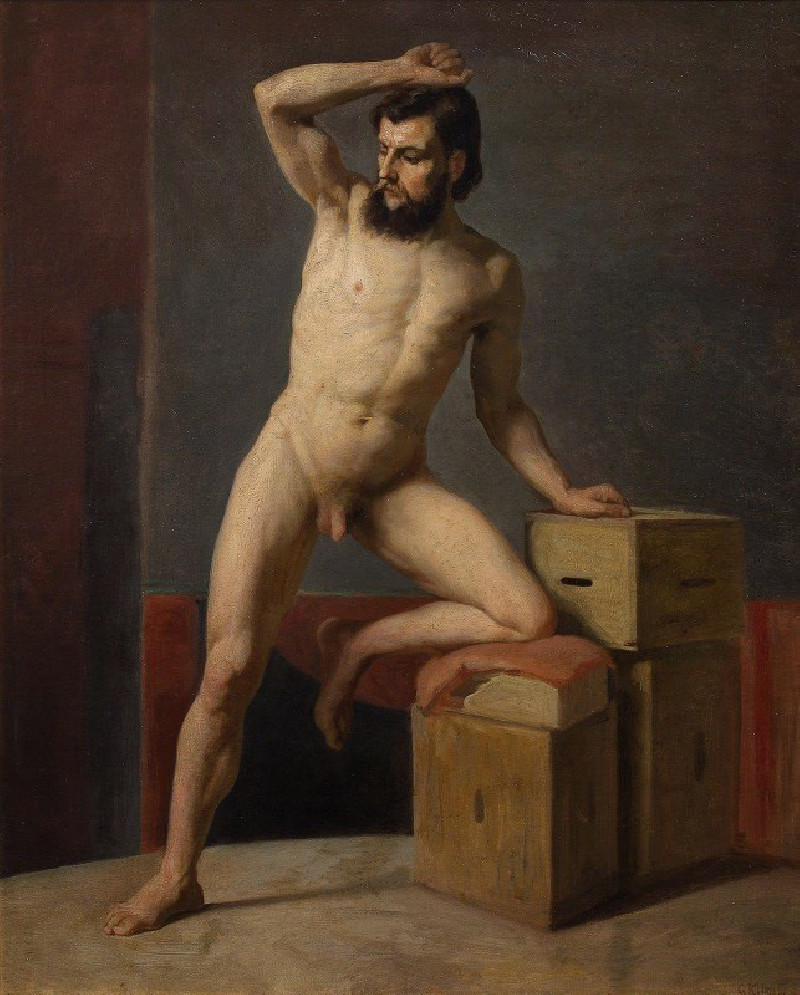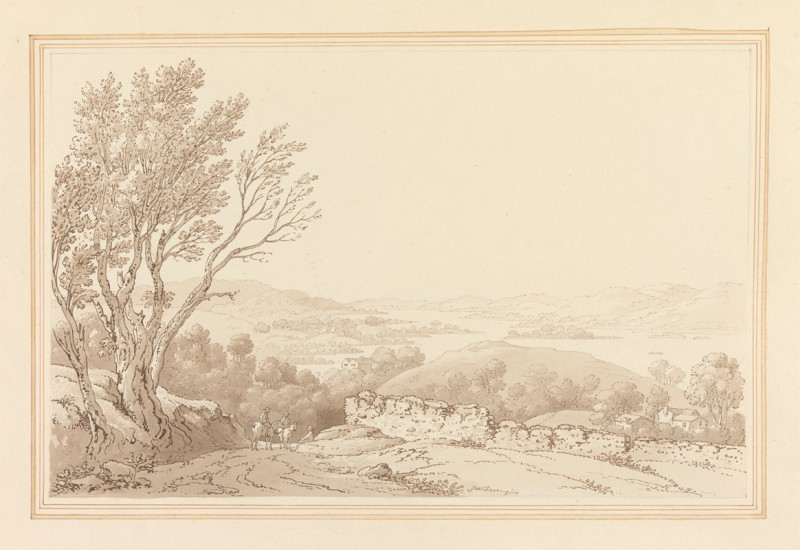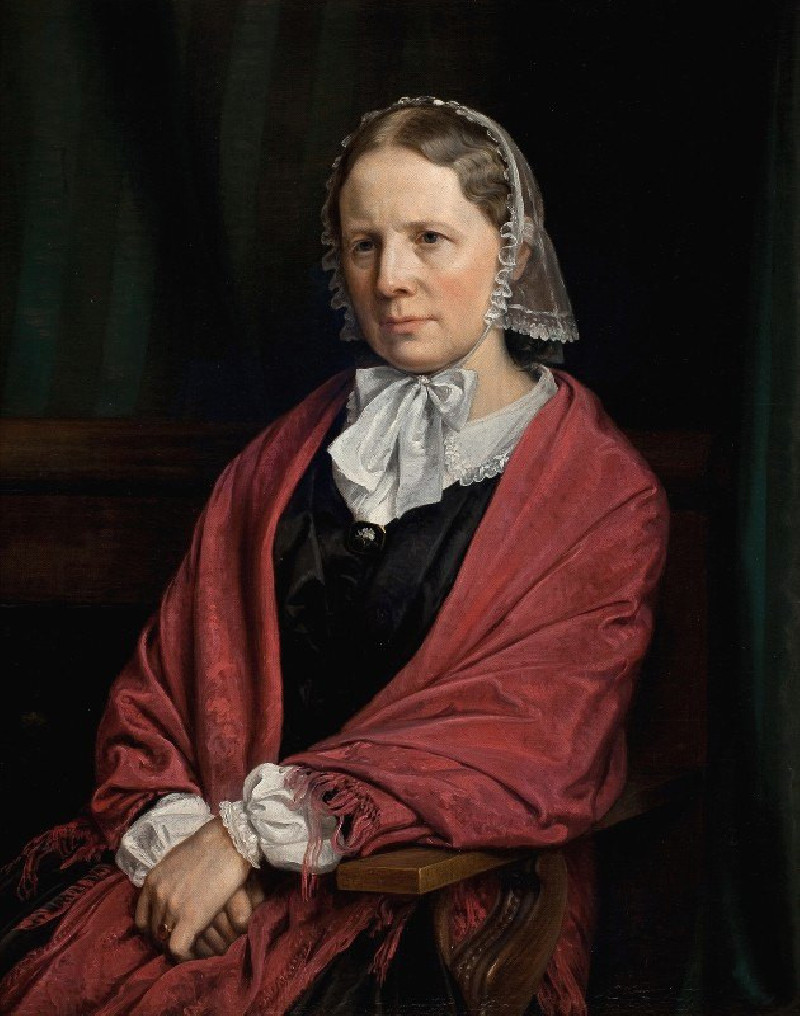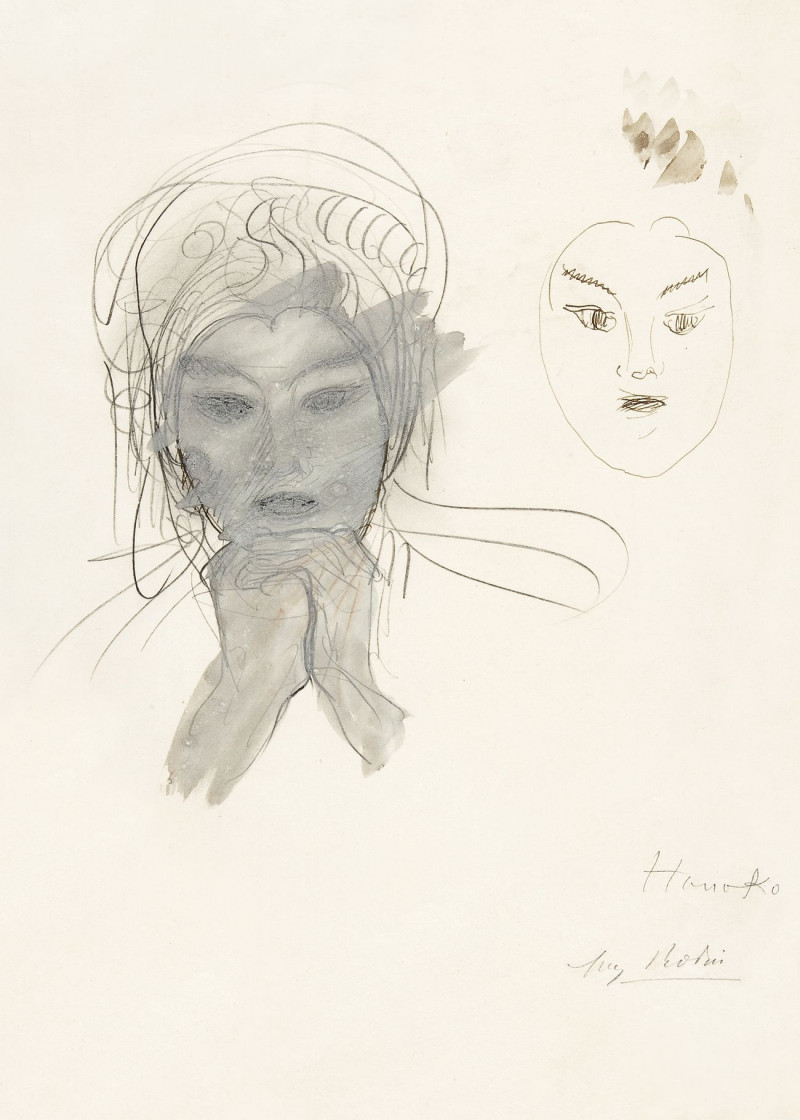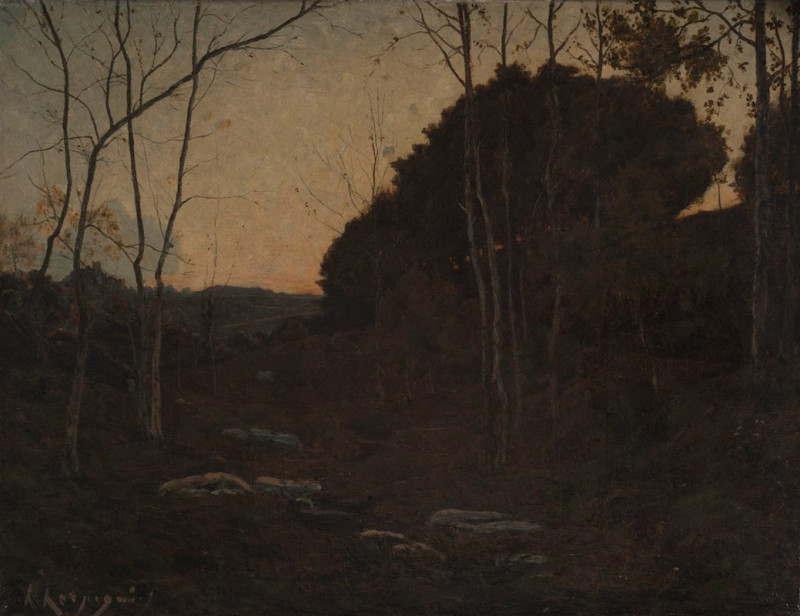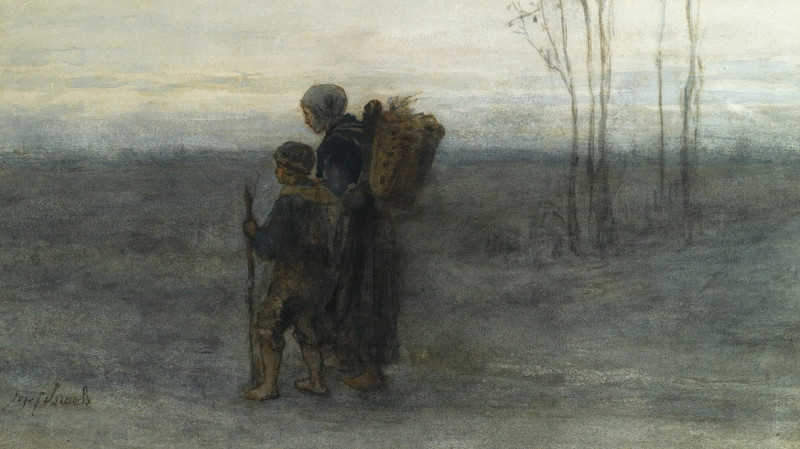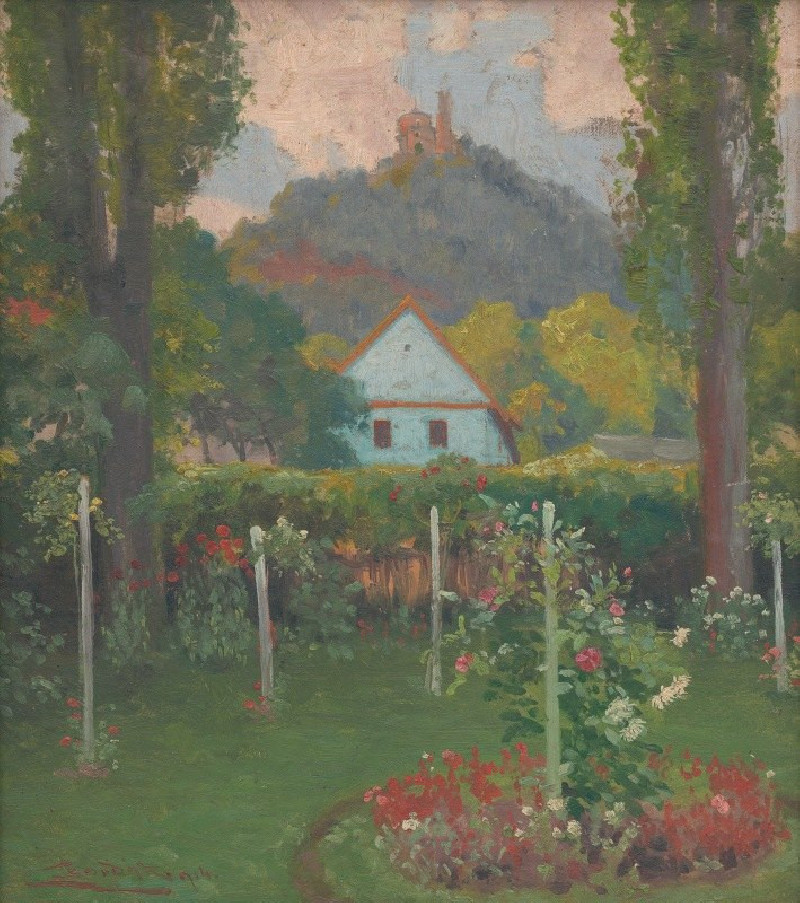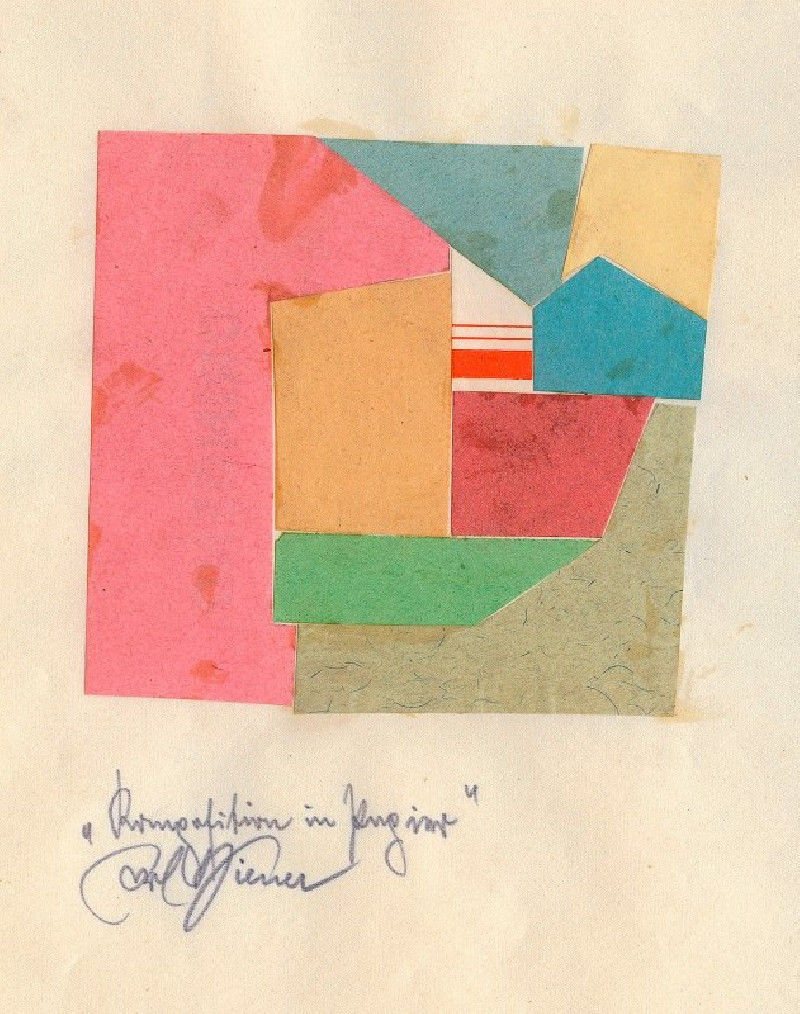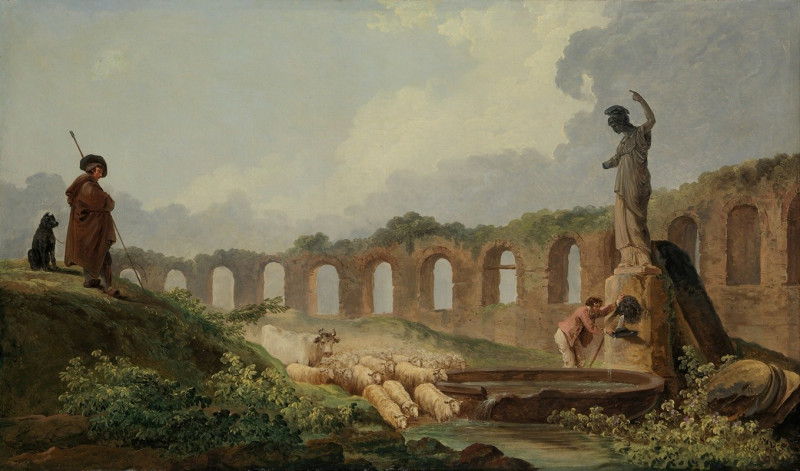White Easter II (1924)
Technique: Giclée quality print
Recommended by our customers
More about this artwork
Paul Klee's "White Easter II" is a captivating work that embodies the essence of his unique approach to abstraction and symbolism. Created in 1924, this painting reveals Klee’s masterful fusion of color, shape, and texture to stir the imagination and evoke emotion.The central structure of the composition resembles a series of architectural forms, blending geometric and organic shapes into a complex, layered space. Klee uses a delicate balance of muted earth tones alongside whites and darker shades to create depth and highlight the various elements within the painting. Notice how the fluid curve of what appears like a dark green ribbon creatively juxtaposes the more rigid, angular forms, suggesting a dynamic interplay between movement and stillness.Notably, a significant visual anchor in this painting is the triangular shape positioned in the middle, pointing downwards toward a serene, blue-toned base which could be interpreted as a body of water. This element may be seen as a symbol of reflection or depth, both literally and metaphorically.Through "White Easter II", Klee might be exploring themes of renewal and mystery which are often associated with the Easter season. The combination of structured and free-form elements could represent the coexistence of tradition and personal interpretation during a time of spiritual contemplation.This piece is an excellent representation of Paul Klee's ability to evoke a sense of both familiarity and wonder through his abstract portrayals, encouraging viewers to explore beyond the visible and find their own meanings within the layered depths of his artwork.
Delivery
Returns
Paul Klee was a Swiss-born German artist. His highly individual style was influenced by movements in art that included expressionism, cubism, and surrealism. Klee was a natural draftsman who experimented with and eventually deeply explored color theory, writing about it extensively; his lectures Writings on Form and Design Theory (Schriften zur Form und Gestaltungslehre), published in English as the Paul Klee Notebooks, are held to be as important for modern art as Leonardo da Vinci's A Treatise on Painting for the Renaissance.

